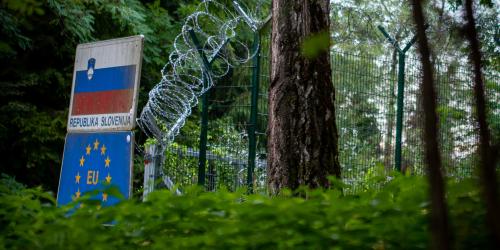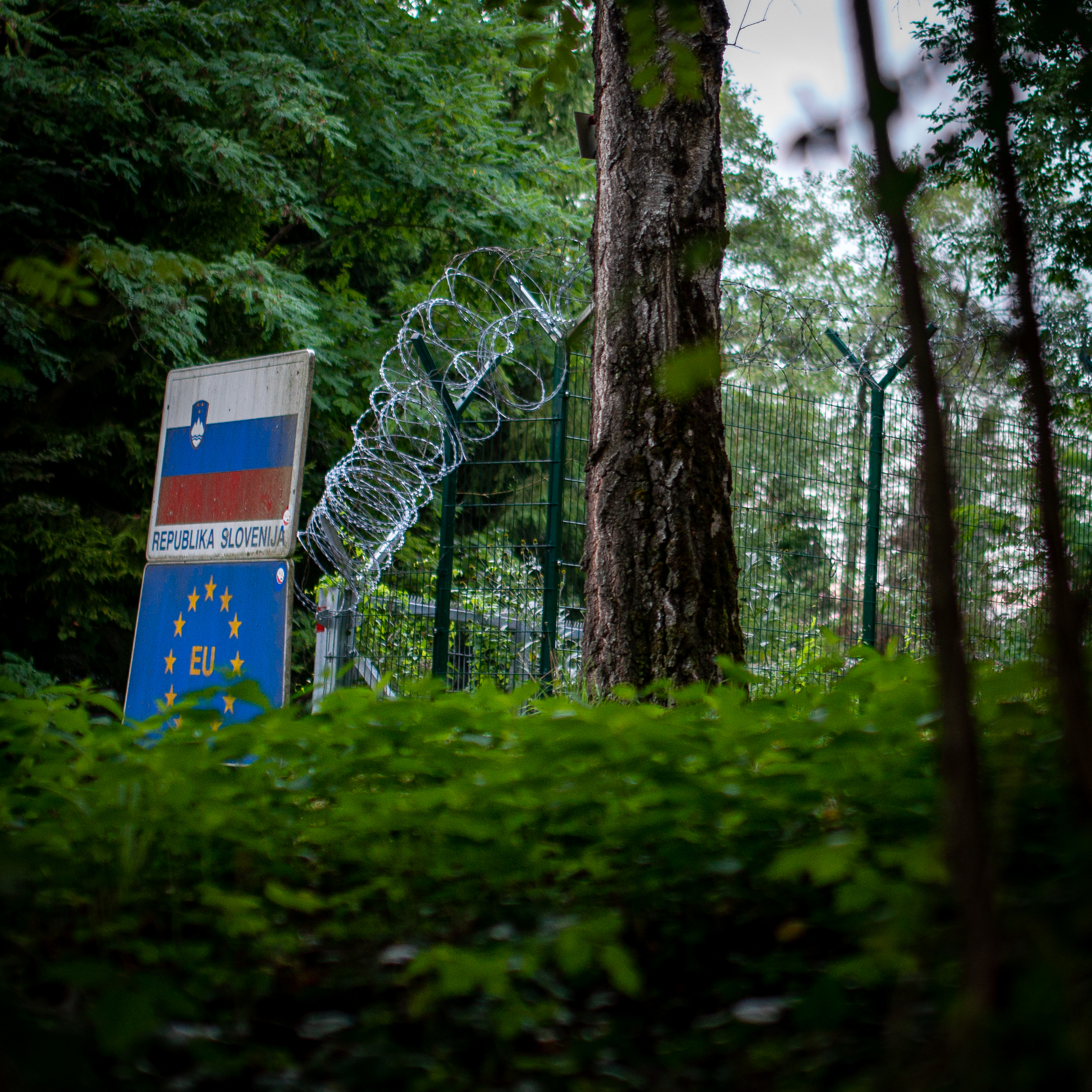
10 days - 10 countries. Stage 22: Border fence Slovenia
10 days - 10 countries
A journey through Eastern Europe
Stage 22: Border fence Slovenia
In 2015, more than 760,000 people fled on various Balkan routes under inhumane conditions from Turkey via Greece to Central Europe. Most countries in Southeastern Europe remained transit points; in very few were the refugees appropriately registered. In response, Slovenia erected a border fence over 200 kilometers long and up to four meters high. For several weeks now, the barrier has been dismantled at the behest of the new government. Those who had become active against the fence before the change of government could be prosecuted with up to five years imprisonment.
We drive almost alone on serpentines through the peaceful mountain landscape in the Croatian-Slovenian border region northwest of Zagreb. On our journey so far we have crossed many, sometimes well-guarded borders. Some of them were even for us only with difficulty surmountable. However, no one - including us - expects a three to four meter high barbed wire fence in the middle of the European Union, in the Schengen area, which is supposed to facilitate free passage abroad, at the border between Slovenia and Croatia. But it does exist, even though the gate we are passing through is now open again.
Today it is hard to imagine that just a few years ago thousands and thousands of people were running across these mountains - driven by poverty and war. But the flow of refugees towards Central Europe will continue in the future for a variety of reasons. And while the Slovenian border fence will soon be dismantled, countries elsewhere in the European Union are erecting new barriers. Hungary, for example, recently announced plans to reinforce the fence on the Serbian border and to form a 'border fighter' unit to prevent crossings.
A Future Center for German Unity and European Transformation in Jena must also address the more recent history of transformation, which is determined by migration and flight movements. In addition, it must seek contact with the people affected in order to search for common solutions to the challenges of our future on the basis of diverse experiences. And it must promote dialogue between people who live with us and those who come to us. The numerous stories of flight told by former GDR citizens can serve as a bridge here.
Text: Tobias Schwessinger & Christian Faludi
Photo: Christian Faludi
About the background of the journey:
https://rathaus.jena.de/de/von-jena-aus-10-laender-10-tagen

